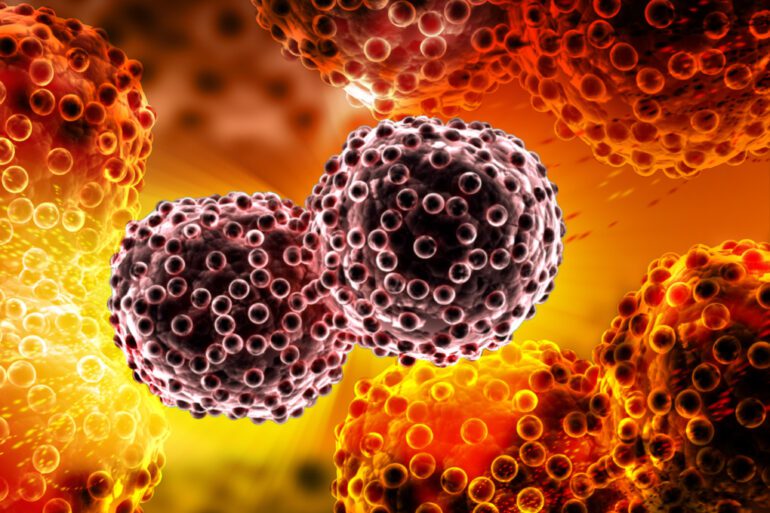TL;DR:
- Texas Tech University researchers have developed a deep-learning model to categorize cancer cells by type.
- The instrument only requires a basic microscope and a small amount of computational power to provide results comparable to more advanced and complex procedures.
- Identifying subpopulations of cancer cells is critical to determine the severity of the disease.
- Previous methods of categorizing cancer cells are costly and require significant resources.
- The team’s neural network is a simple, efficient, and automated method that can quickly and accurately categorize cancer cells.
- The procedure does not use additional chemicals or biological solutions.
- The breakthrough has the potential to save time and resources that could be spent exploring different areas of cancer prevention and recovery.
- With this innovative instrument, doctors can create more effective treatment plans for their patients.
Main AI News:
A new breakthrough in cancer research has been made by researchers at Texas Tech University. They have developed a deep learning model that can categorize cancer cells based on their type, which can help doctors determine the severity of the disease and plan a treatment plan accordingly. The findings were published in APL Machine Learning, a publication by AIP Publishing.
This innovative instrument only requires a basic microscope and a small amount of computational power to provide results that are comparable to or better than more advanced and complex procedures. “Cancer cells are highly heterogeneous, and recent studies suggest that specific cell subpopulations, rather than the whole, are responsible for cancer metastasis,” said author Wei Li. “Identifying subpopulations of cancer cells is a critical step to determine the severity of the disease.”
Previous methods of categorizing cancer cells involve advanced instruments, time-consuming biological techniques, or chemical labels, which can be costly and require significant resources. The team’s neural network is a more efficient and automated method that is simple to use. After feeding it an image, the tool converts the data to a probability. A result lower than 0.5 categorizes cancer as one cell type, while a number higher than 0.5 designates another.
Some studies use magnetic nanoparticles to track cancer cells, but these labels could affect the downstream analysis of the cells and the integrity of the measurements. “Our classification procedure does not consist of additional chemicals or biological solutions when taking pictures of the cells,” said author Karl Gardner. “It is a ‘label-free’ identification method of metastatic potential.”
This breakthrough has the potential to save time and resources that could be spent exploring different areas of cancer prevention and recovery. With this innovative instrument, doctors can quickly and accurately categorize cancer cells, enabling them to create more effective treatment plans for their patients. This is just one more step forward in the fight against cancer.
Conlcusion:
The development of a deep learning model for the categorization of cancer cells has significant implications for the market. This innovative instrument has the potential to save time and resources that could be spent exploring different areas of cancer prevention and recovery. By enabling doctors to quickly and accurately categorize cancer cells, this breakthrough technology can help to create more effective treatment plans for patients.
As a result, this technology has the potential to improve outcomes for cancer patients and reduce the costs associated with advanced instruments, time-consuming biological techniques, or chemical labels. Overall, the development of this neural network represents a significant step forward in the fight against cancer, and the market is sure to take note of its potential impact on the industry.

